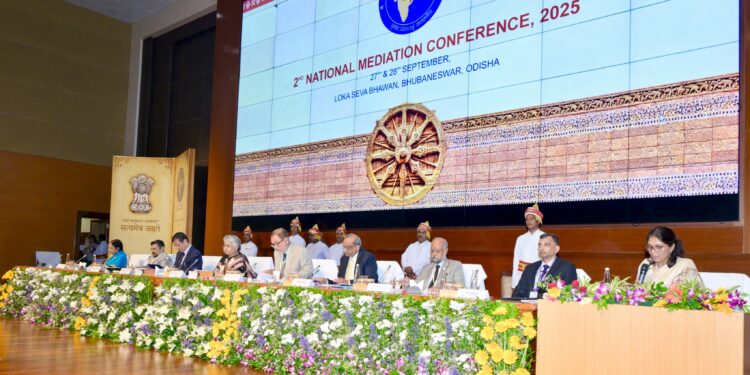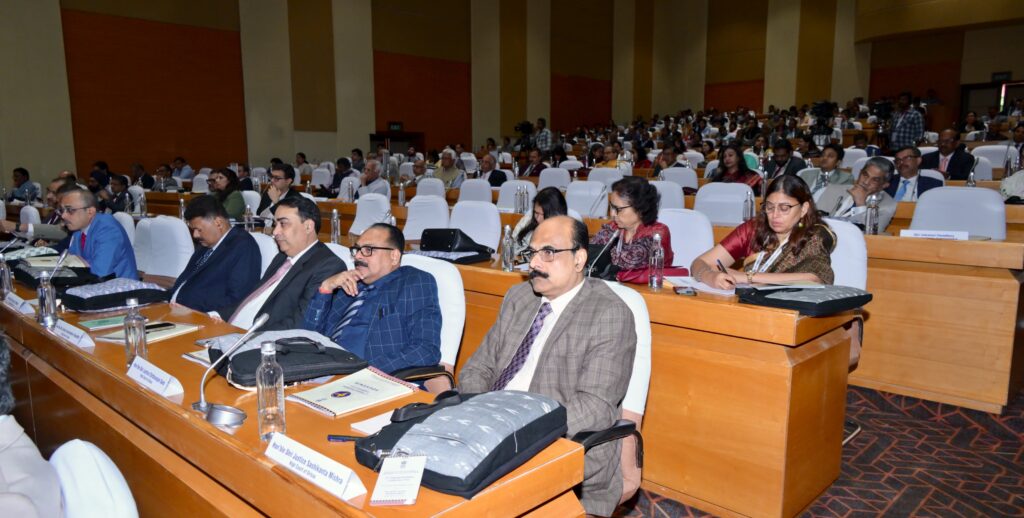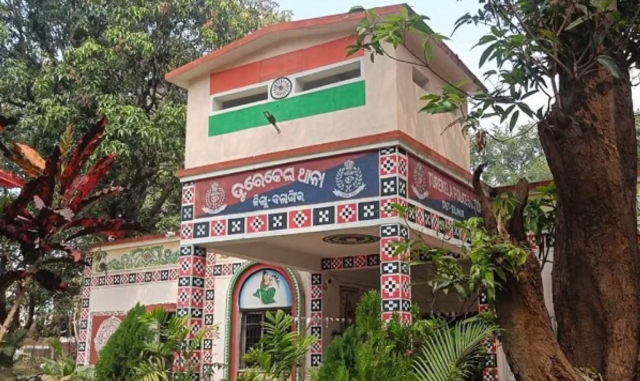In a pivotal session at the 2nd National Mediation Conference, India’s judicial heavyweights convened to blueprint a robust ecosystem for mediation, spotlighting its potential to untangle complex disputes across sectors and sharpen the skills of those who broker peace.
The Interactive Session-II, themed “Enhancing the Eco-system for Mediation in India,” dove deep into sector-specific applications and process-oriented strategies, underscoring mediation’s role as a nimble alternative to protracted litigation. Chaired by Hon’ble Mrs. Justice B.V. Nagarathna of the Supreme Court of India, and co-chaired by Hon’ble Shri Justice N. Kotiswar Singh, also of the Supreme Court, alongside Hon’ble Shri Justice Gurmeet Singh Sandhwalia, Chief Justice of the High Court of Himachal Pradesh, the discussion painted a vivid roadmap for mediation’s expansion.
Deliberations on sector-specific mediation illuminated pressing frontiers. Experts unpacked how mediation could resolve environmental and climate disputes—think land grabs, water wars, and sustainability standoffs—calling for “Green Mediators” to foster eco-friendly resolutions. In healthcare, the focus turned to medical negligence cases, aiming to harmonize patient rights with institutional hurdles. Intellectual Property Rights (IPR) emerged as another battleground, with mediation proposed as a swift salve for copyright, trademark, and patent tussles in an era of rampant innovation.
ALSO READ: Supreme Court Justices Spotlight Mediation&s Future at Interactive Session-I
Corporate governance took center stage too, addressing boardroom brawls, shareholder skirmishes, and the fragile dynamics of startup ecosystems. Public policy and government contracts weren’t spared, with calls to bridge chasms between state machineries and private players. Even restorative justice found a foothold, adapting mediation’s empathetic principles to criminal and juvenile justice realms for healing over punishment.
Shifting gears to skill and process orientation, the session emphasized the psychology of conflict—decoding human behaviors, emotions, and negotiation ploys. Practical workshops on negotiation and persuasion techniques equipped mediators with hands-on tools, while ethics and confidentiality were hammered home as non-negotiables in safeguarding sensitive disclosures. The art of drafting ironclad settlement agreements rounded out the toolkit, ensuring deals are not just amicable but legally bulletproof.
Justice B.V. Nagarathna, in a stirring address, encapsulated mediation’s essence: “It is the process to serve human conflict by laws.” She advocated for specialised cadres—”Green Mediators” for environmental woes and “Specialised Mediators” for IPR intricacies—while stressing the need to banish fear and inject flexibility to make mediation accessible and effective.
The discourse drew heavyweight contributions from Hon’ble Shri Justice Jayant Banerji of the High Court of Karnataka, Shri Birendra Saraf, Advocate General of Maharashtra, Shri Praful N. Bharat, Advocate General of Chhattisgarh, and Senior Advocate Shri Jawad A.J. They spotlighted lawyers’ pivotal role, urging rigorous professional training and a fortified institutional backbone to propel mediation’s future. Ms. Geeta Ramaseshan, Senior Advocate, masterfully moderated the session, ensuring a dynamic exchange of ideas.
As India grapples with judicial backlogs exceeding 50 million cases, this conference signals a seismic shift toward mediation as a cornerstone of dispute resolution. With the Mediation Act, 2023, already laying legislative groundwork, today’s insights could catalyze a mediation renaissance, promising faster justice, preserved relationships, and innovative solutions for a burgeoning economy.
The two-day conference, hosted in Bhubaneswar, continues to galvanize stakeholders toward a mediation-friendly India, where dialogue trumps discord.






























